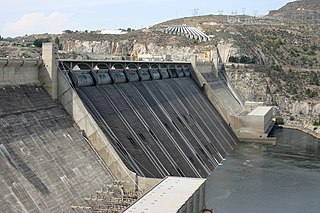
A public utility company is an organization that maintains the infrastructure for a public service. Public utilities are subject to forms of public control and regulation ranging from local community-based groups to statewide government monopolies.
The New Zealand electricity market (NZEM) is a decentralised electricity market regulated by the Electricity Industry Participation Code administered by the Electricity Authority (EA). The authority was established in November 2010 to replace the Electricity Commission.
An electricity market is a system that enables the exchange of electrical energy, through an electrical grid. Historically, electricity has been primarily sold by companies that operate electric generators, and purchased by consumers or electricity retailers.
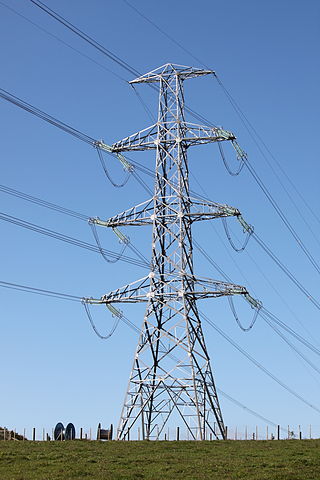
The electric power industry covers the generation, transmission, distribution and sale of electric power to the general public and industry. The commercial distribution of electric power started in 1882 when electricity was produced for electric lighting. In the 1880s and 1890s, growing economic and safety concerns lead to the regulation of the industry. What was once an expensive novelty limited to the most densely populated areas, reliable and economical electric power has become an essential aspect for normal operation of all elements of developed economies.
The National Electricity Market (NEM) is an arrangement in Australia's electricity sector for the connection of the electricity transmission grids of the eastern and southern Australia states and territories to create a cross-state wholesale electricity market. The Australian Energy Market Commission develops and maintains the Australian National Electricity Rules (NER), which have the force of law in the states and territories participating in NEM. The Rules are enforced by the Australian Energy Regulator. The day-to-day management of NEM is performed by the Australian Energy Market Operator.

A regional transmission organization (RTO) in the United States is an electric power transmission system operator (TSO) that coordinates, controls, and monitors a multi-state electric grid. The transfer of electricity between states is considered interstate commerce, and electric grids spanning multiple states are therefore regulated by the Federal Energy Regulatory Commission (FERC). The voluntary creation of RTOs was initiated by FERC in December 1999. The purpose of the RTO is to promote economic efficiency, reliability, and non-discriminatory practices while reducing government oversight.

ActewAGL is an Australian multi-utility joint venture company provides utility services in the Australian Capital Territory (ACT) and south-east New South Wales. The company was formed in October 2000 between the Australian Gas Light Company and ACTEW Corporation.
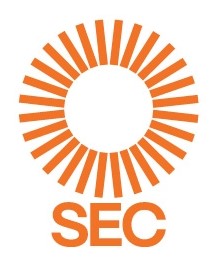
The State Electricity Commission of Victoria is a government-owned electricity company in Victoria, Australia. Originally established to generate electricity from the state's reserves of brown coal, the SEC gradually monopolised most aspects of the Victorian electricity industry, before being broken up and largely privatised in the 1990s. After several decades of dormancy, it was revived in 2023 to invest in renewable energy and storage markets.
Pacific Blue is an electricity generation and retailing company headquartered in Melbourne, Australia. The company was founded in 1992 and was soon floated on the Australian Stock Exchange, it was later bought by a consortium of industry superannuation funds and delisted. It is now owned by China's State Power Investment Corporation.
The Gas and Fuel Corporation of Victoria (G&FC) was a government-owned monopoly supplier of household gas in Victoria, Australia. It was established in 1950 and took over two of the three main gas utilities in Melbourne – the Metropolitan Gas Company and the Brighton Gas Company. As part of the conversion to natural gas, in 1971 the corporation acquired the Geelong Gas Company, one of only two remaining private gas companies in Victoria at the time. The Ballarat Gas Company closed at the time. The G&FC was wound up in June 1995.
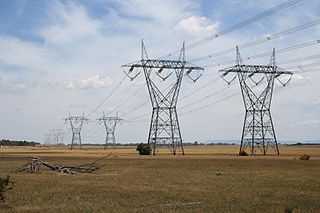
Energy in Victoria, Australia is generated using a number of fuels or technologies, including coal, natural gas and renewable energy sources. Brown coal, historically, was the main primary energy source for the generation of electricity in the state, accounting for about 85% of electricity generation in 2008. The amount of coal-fired power has decreased significantly with the closure in 2017 of the Hazelwood power station which supplied around 20% of Victoria's electricity, and to a lesser extent with the exit of Anglesea power station in 2015. Brown coal is one of the largest contributors to Australia's total domestic greenhouse gas emissions and a source of controversy for the country. Australia is one of the highest polluters of greenhouse gas per capita in the world.
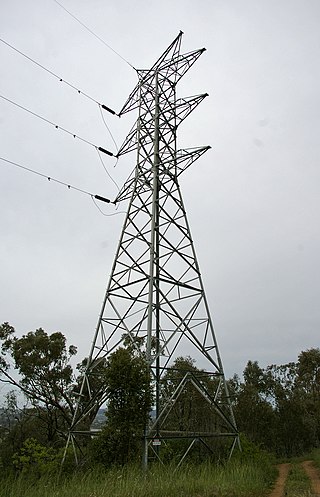
The Electricity Commission of New South Wales, sometimes called Elcom, was a statutory authority responsible for electricity generation and its bulk transmission throughout New South Wales, Australia. The commission was established on 22 May 1950 by the Electricity Commission Act 1950 to take control of power generation in the State. The commission acquired the power stations and main transmission lines of the four major supply authorities: Southern Electricity Supply, Sydney County Council, the Department of Railways and the Electric Light and Power Supply Corporation Ltd, also known as the Balmain Electric Light Company, the owner and operator of Balmain Power Station. The commission was responsible for the centralised co-ordination of electricity generation and transmission in the State, and some local councils continued to be distributors of electricity only.
The Energy Commission, abbreviated ST, is a regulatory body for the energy industry in Peninsular Malaysia and Sabah. The commission was established under the Energy Commission Act 2001. Its key role to ensure that the energy industry is developed in an efficient manner so that Malaysia is ready to meet the new challenges of globalisation and liberalisation, particularly in the energy supply industry.
The Australian Energy Market Operator (AEMO) performs an array of gas and electricity market, operational, development and planning functions. It manages the National Electricity Market (NEM), the Wholesale Electricity Market (WA) (WEM) and the Victorian gas transmission network. AEMO also facilitates electricity and gas full retail contestability, overseeing these retail markets in eastern and southern Australia. It is additionally responsible for national transmission planning for electricity and the establishment of a Short Term Trading Market (STTM) for gas.
The United States has the second largest electricity sector in the world, with 4,178 Terawatt-hours of generation in 2023. In 2023 the industry earned $491b in revenue at an average price of $0.127/kWh.
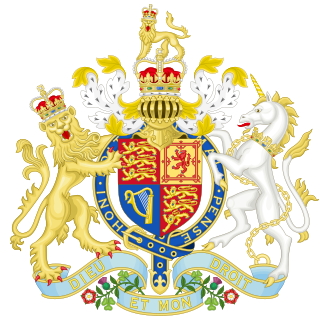
The Electricity Act 1989 provided for the privatisation of the electricity supply industry in Great Britain, by replacing the Central Electricity Generating Board in England and Wales and by restructuring the South of Scotland Electricity Board and the North of Scotland Hydro-Electric Board. The Act also established a licensing regime and a regulator for the industry called the Office of Electricity Regulation (OFFER), which has since become the Office of Gas and Electricity Markets (OFGEM).

The electricity sector in Australia has been historically dominated by coal-fired power stations, but renewables are forming a rapidly growing fraction of supply. In 2021, Australia's electricity production reached 265 TWh, with coal accounting for 52.9% and natural gas for 18.8%. Renewable sources, comprising solar, wind, hydro, and bioenergy with waste, collectively made up 26.7% of the total electricity generation mix.

The electricity sector in the Philippines provides electricity through power generation, transmission, and distribution to many parts of the country. The Philippines is divided into three electrical grids, one each for Luzon, the Visayas and Mindanao. As of June 2016, the total installed capacity in the Philippines was 20,055 megawatts (MW), of which 14,348 MW was on the Luzon grid. As of June, 2016, the all-time peak demand on Luzon was 9,726 MW at 2:00 P.M. on May 2, 2016; on Visayas was 1,878 MW at 2:00 P.M. on May 11, 2016; and on Mindanao was 1,593 MW at 1:35 P.M. on June 8, 2016. However, about 12% of Filipinos have no access to electricity. The Philippines is also one of the countries in the world that has a fully functioning electricity market since 2006 called the Philippine Wholesale Electricity Spot Market(WESM) and is operated by an independent market operator.
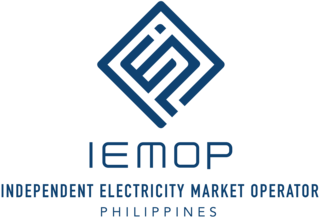
The Independent Electricity Market Operator of the Philippines, Inc. (IEMOP) is a private, non-stock, non-profit corporation that functions as the market operator of the Wholesale Electricity Spot Market (WESM). It assumed WESM operations in September 2018. IEMOP's board of directors is composed of individuals independent from the power industry stakeholders and the government as mandated by the Electric Power Industry Reform Act (EPIRA).










